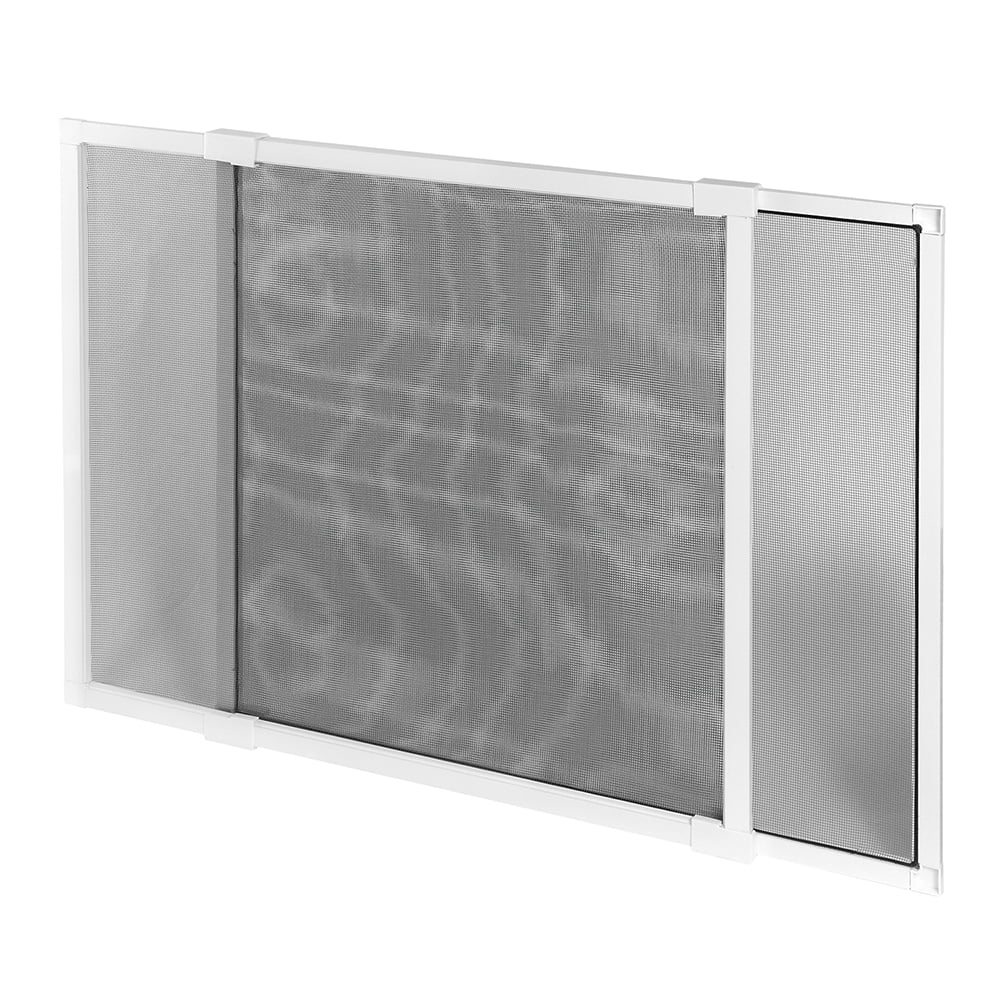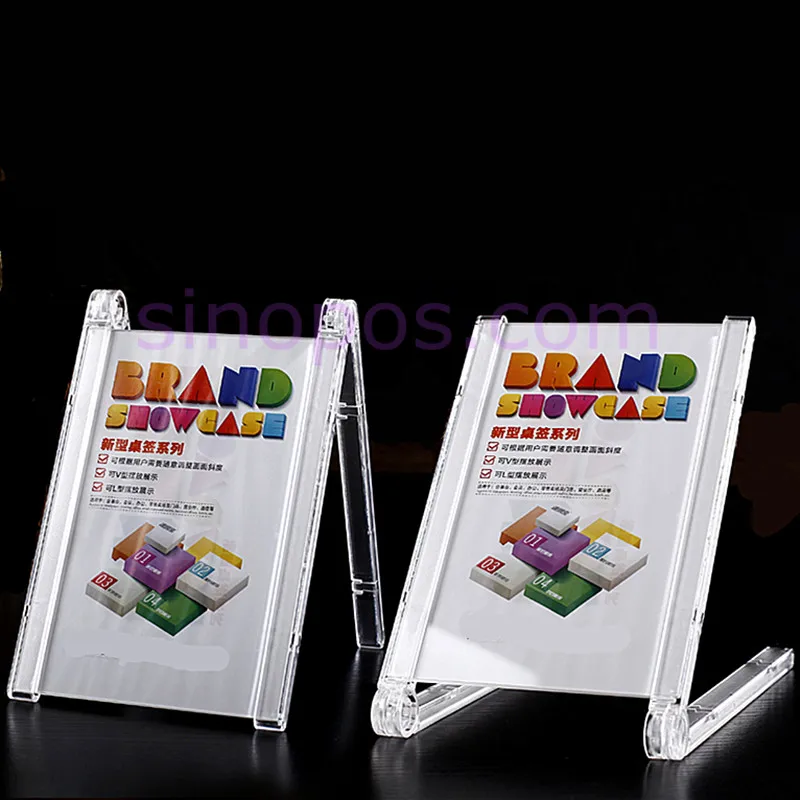
There are also retractable screens that provide extra versatility. Some projector screens come with a stand.

We checked the aspect ratio and found that 16:9 is ideal for use with today’s HD video projectors. The bigger the screen, the brighter the projector must be to generate a pleasing, well-saturated image. It is possible to project it on a wall as it is cheaper, but walls have little reflectivity and will not be as bright as a proper projection screen. A projector screen produces a picture that is crisper, brighter and has a defined frame. It is worthwhile to spend money on a projector screen if you have an expensive projector, are creating a home theater, or want the best picture from your projector. In a dark setting, a white screen produces a brighter, sharper image than a grey screen. You’ll want a white screen in a room with no other light sources, especially nothing coming in from a window or doorway. In a room with complete light control, a white screen outperforms a grey one. White displays are more common and easy to find. The screen is resistant to outside interference, so you’ll receive a good picture even if the room isn’t fully dark. This option keeps the picture’s contrast higher. The main benefit of a grey screen over a white screen is that it absorbs more light. Should I Buy A White or Gray Projection Screen? Does Color Make A Difference?īoth have advantages and disadvantages, and which one you choose depends on your hardware, room, and desired image.

These excellent screens have a smooth, color-neutral surface that helps to sustain the brightness and overall picture quality of your projector. These projector screens are for anyone who owns or has access to a projector and wants to view movies on a huge screen.


 0 kommentar(er)
0 kommentar(er)
